Far Away Philippines
-
About this Collection
U.S. and Philippine officials used the 1904 World's Fair to acquaint visitors with their products, industries, art, peoples, education and customs. Secretary of War, William H. Taft, who had been governor of the Philippine Islands, had the initial idea to present the exhibit.
Covering 47 acres and with more than 100 buildings, the Philippine Reservation was the largest exhibit at the Fair. Arrowhead Lake separated the Reservation from other parts of the Fair. Fairgoers walked across the Bridge of Spain that spanned this lake to visit the Reservation.
Admission to the Reservation was free; but there was a charge to visit the different villages.
The Reservation consisted of native villages presenting the life of the Negritos, Igorotes, Moros, and other groups. Over 1,000 people and families from these groups lived on the Reservation during the Fair introducing visitors to their customs and daily activities. The Reservation had its own native constabulary and band.
In addition to the village buildings, there were other buildings and museums on the Reservation containing exhibits of native woods, commerce, agricultural products and even a model school.
-
View of catamarans at the Philippine village
Catamarans decorated with American flags are docked at thatched-roofed huts at the edge of Arrowhead Lake in the Philippine Village at the Louisiana Purchase Exposition.
-
A typical Philippine building
-
Bamboo house Philippine village : the Louisiana exhibition 1904, St. Louis, Mo.
The Philippine reservation occupied 41 acres and included one hundred buildings from native huts to a reproduction of a Spanish cathedral. The walled city of Manila of the 16th and 17th centuries was portrayed in part of the exhibit.
-
Bridge of Spain over Arrowhead Lake, Philippine reservation, Louisiana Purchase Exposition
The Philippine reservation at the World's Fair was separated from the remainder of the Exposition by Arrowhead Lake -- so named because it was shaped like an arrow's head -- which was spanned by a reproduction of the Bridge of Spain at Manila. This was but a temporary structure though it had the appearance of the permanency and solidity of the old Spanish arched bridge.
-
Building a long house
Filipino carpenters arrived in St. Louis in October 1903 to begin constructing the Philippine Village at the Louisiana Purchase Exposition. The Village consisted of nearly one hundred buildings on about 47 acres of ground in present-day Clayton, Missouri.
-
Filipino Scouts
Two hundred members of the Filipino Constabulary were brought to the 1904 Fair. Their leader was an American, Captain Ira Keithley. Also brought to the Fair was the 80-member Filipino Constabulary Band, under the direction of Lt. Lovering.
The Philippine musicians, who were selected from four companies of the Philippine Scouts and Constabulary quartered on the Philippine reservation, were considered among the best bands at the Louisiana Purchase Exposition.
-
Fort at Philippine village : The Louisiana exhibition 1904, St. Louis, Mo.
The Philippine reservation occupied 41 acres and included one hundred buildings from native huts to a reproduction of a Spanish cathedral. The walled city of Manila of the 16th and 17th centuries was portrayed in part of the exhibit.
-
Fort at Philippine village : The Louisiana exhibition 1904, St. Louis, Mo.
The photograph shows a view of the Visayan area of the Philippine reservation from across Arrowhead Lake. Nearly 1200 Filipinos lived in villages on a forty-seven acre site at the west end of the Louisiana Purchase Expostion.
-
Invitation : Maryland State building, Sept. 13, 1904
Reception was given to honor Maryland governor Edward Warfield and Mrs. Warfield.
-
Pamphlet back cover : Building in the Philippine reservation at the Louisiana Purchase Exposition
Medallions portray William H. Taft, civil governor of the Philippines, secretary of war in 1904, and later president of the United States; Dr. W.P. Wilson, president of the Philippine Board at the Exposition; Dr. Gustavo Niederlein, director of exhibits; Miss Pilar Zamora, superindent of the model school in the Philippine Reservation; Pedro A. Paterno, president of the Philippine Senate; Dr. Leon Ma. Guerrera, secretary of the Philippine Board; and Antonio G. Escamilla.
-
Pamphlet cover : Philippine exposition, World's Fair, St. Louis, 1904
-
Philippine Exposition, World's Fair, St. Louis, 1904 : pass To all native villages
-
Philippine village with the Agricultural building in distance
The Philippine villages are built almost entirely of bamboo and their dwellings are famous under the name of nipa houses. A nipa house of the Visayan village at the World's Fair is shown in this picture. It is made entirely of thatched and woven bamboo. The skillful Philippine carpenters do not use a nail in their construction. 'The stockade surrounding the village is shown at the bottom of the picture and near it appears a part of the roof of a native bamboo hut.
-
Sugar cane mill, Philippine exposition
A sugar cane mill on the Philippine reservation at the Louisiana Purchase Exposition. The sign reads, 'Sugar can mill, worked by Carabao.'
-
View of Philippine reservation across Arrowhead Lake
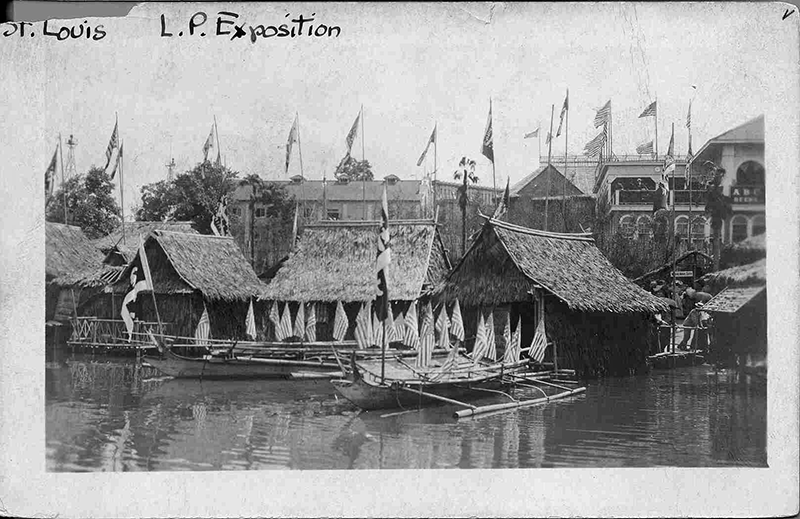 View Image
View Image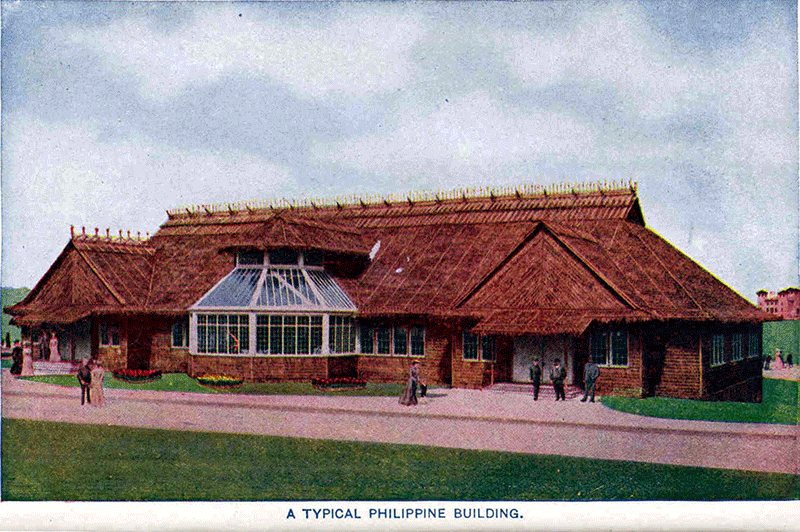 View Image
View Image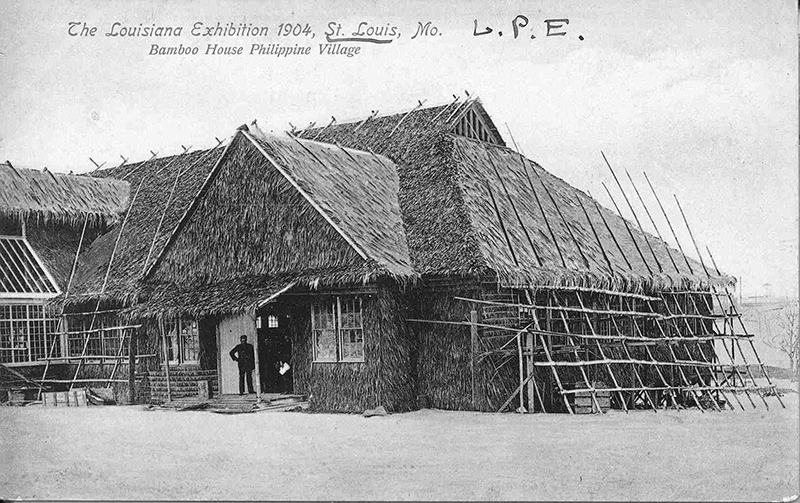 View Image
View Image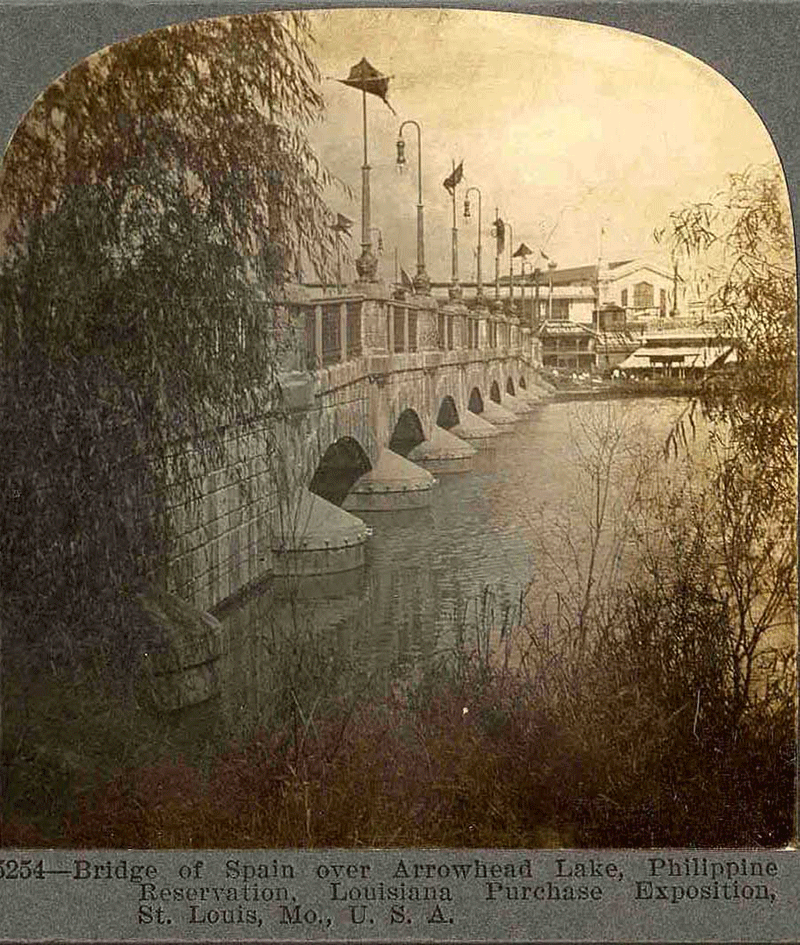 View Image
View Image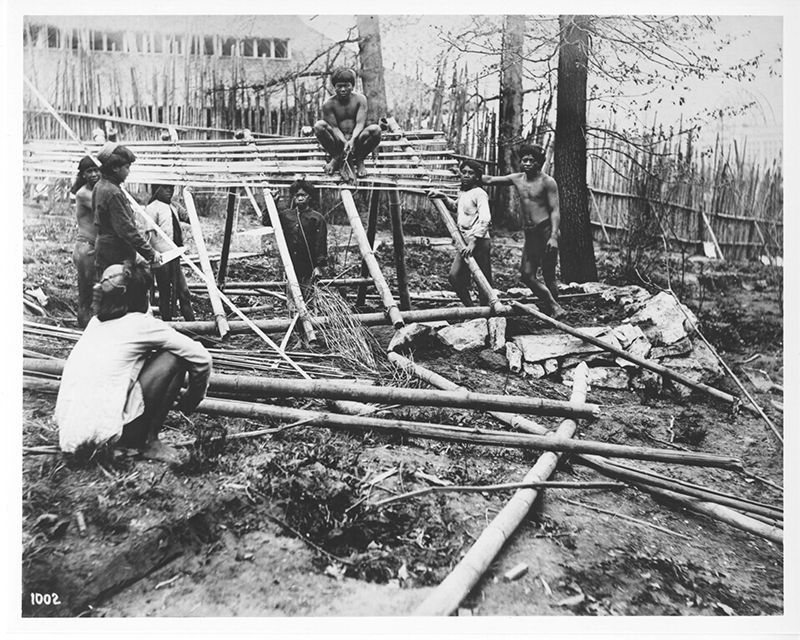 View Image
View Image View Image
View Image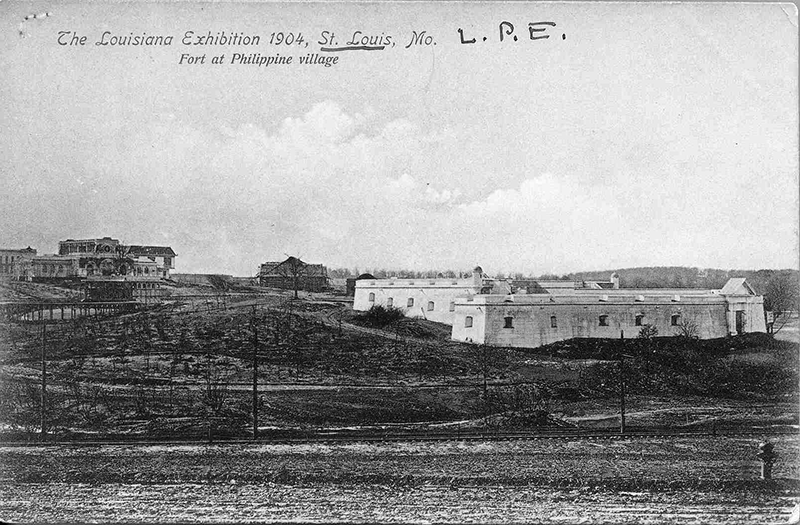 View Image
View Image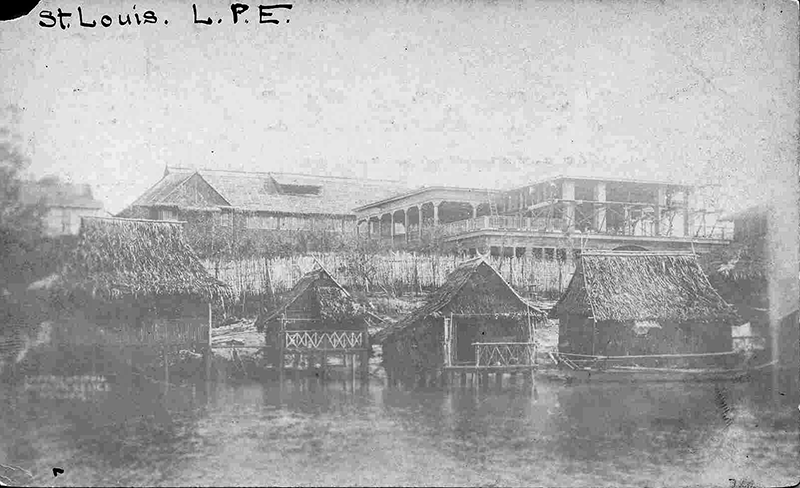 View Image
View Image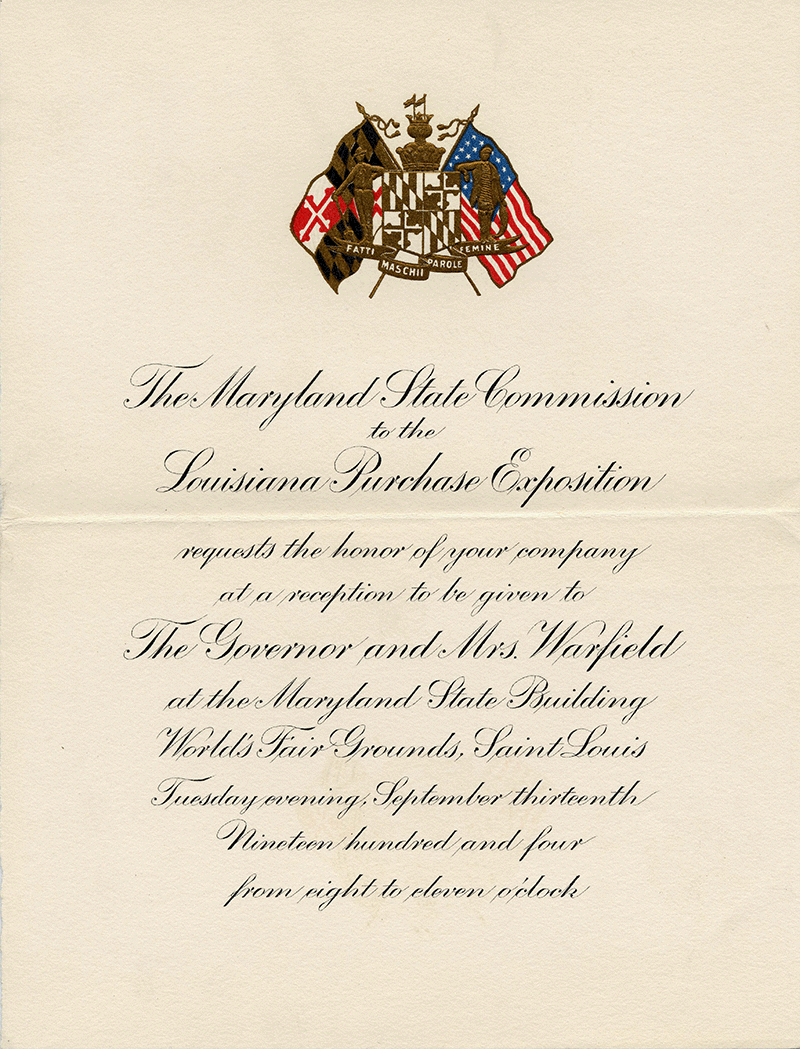 View Image
View Image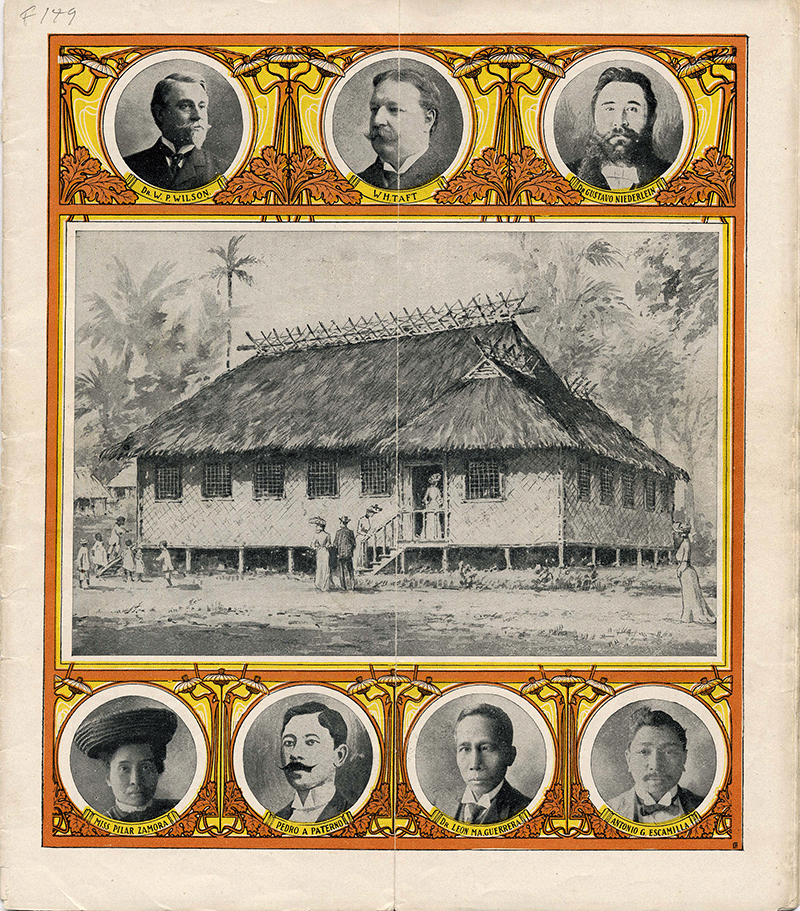 View Image
View Image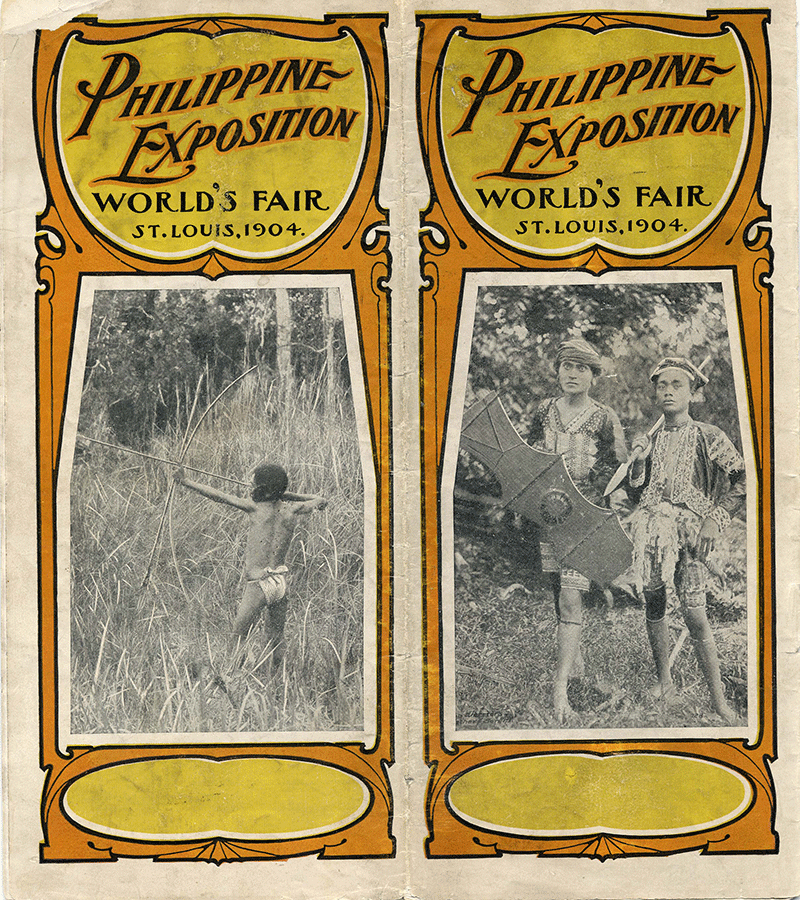 View Image
View Image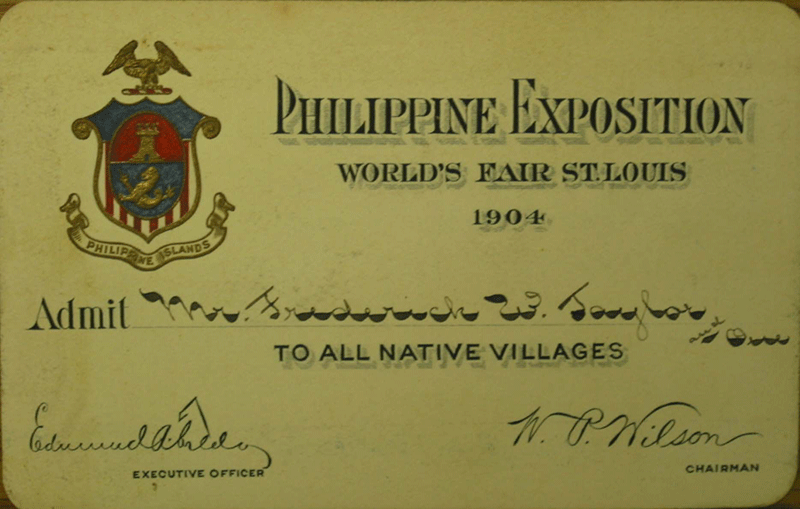 View Image
View Image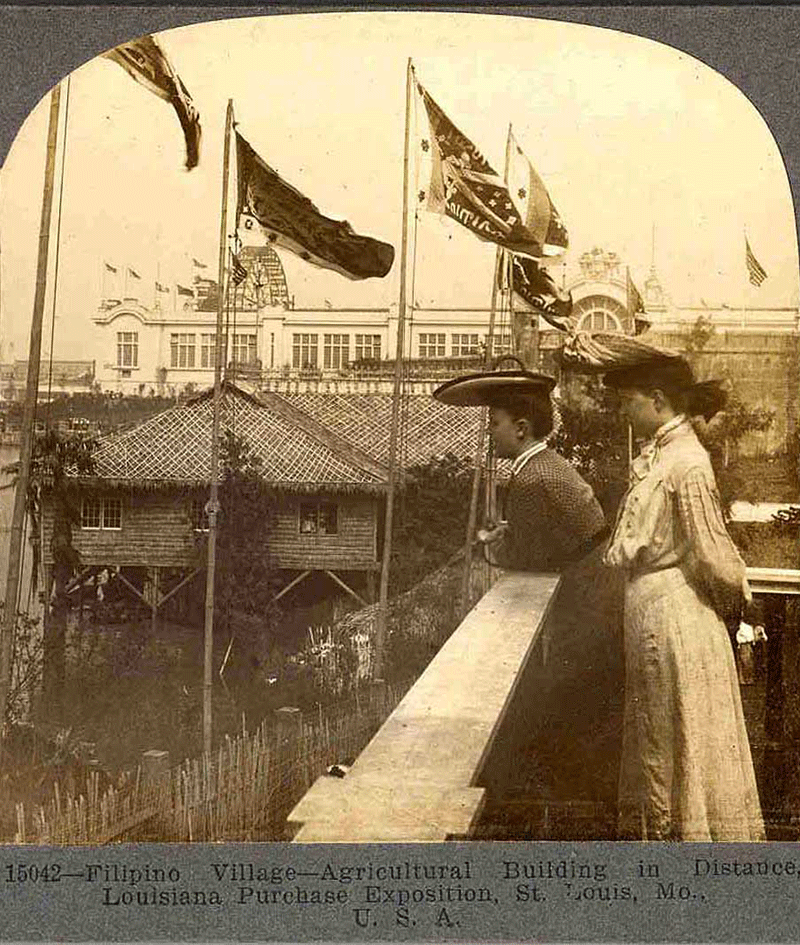 View Image
View Image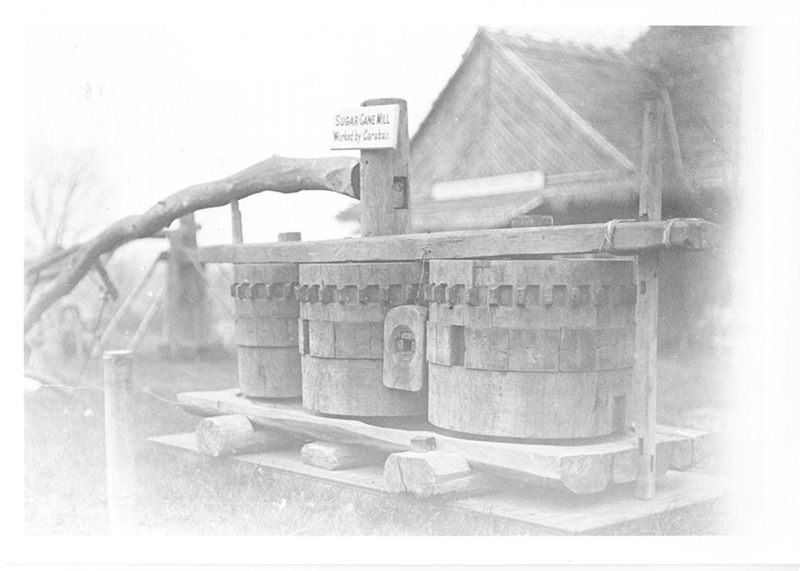 View Image
View Image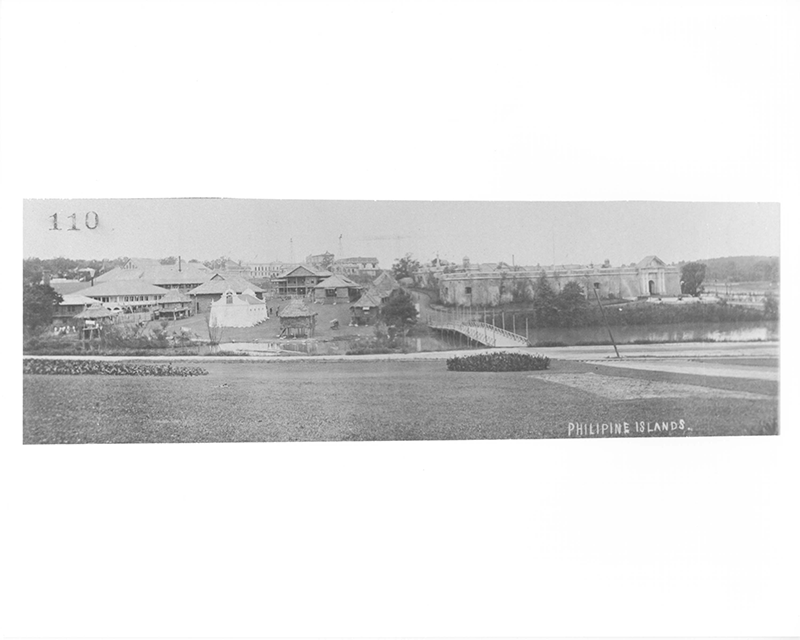 View Image
View Image